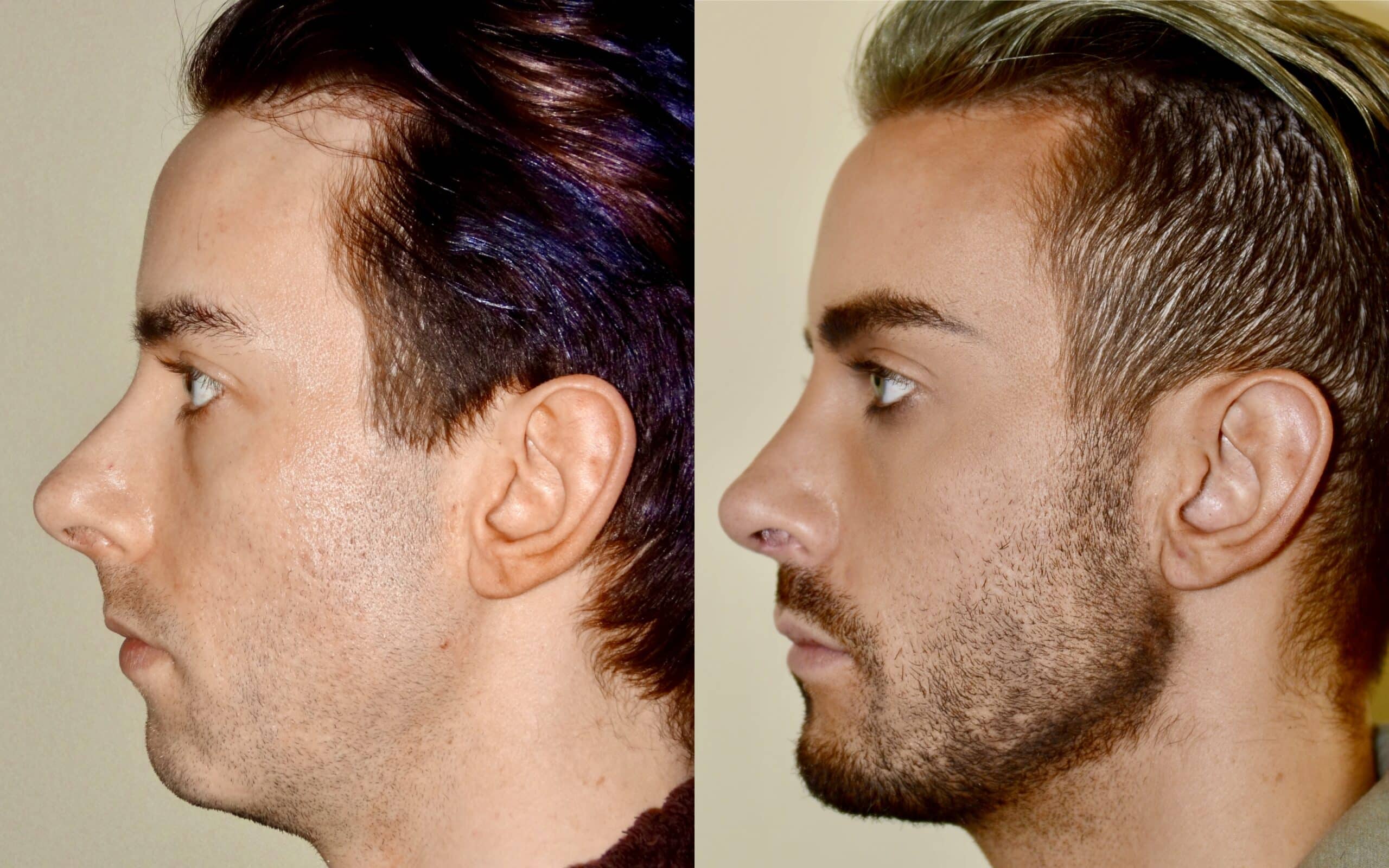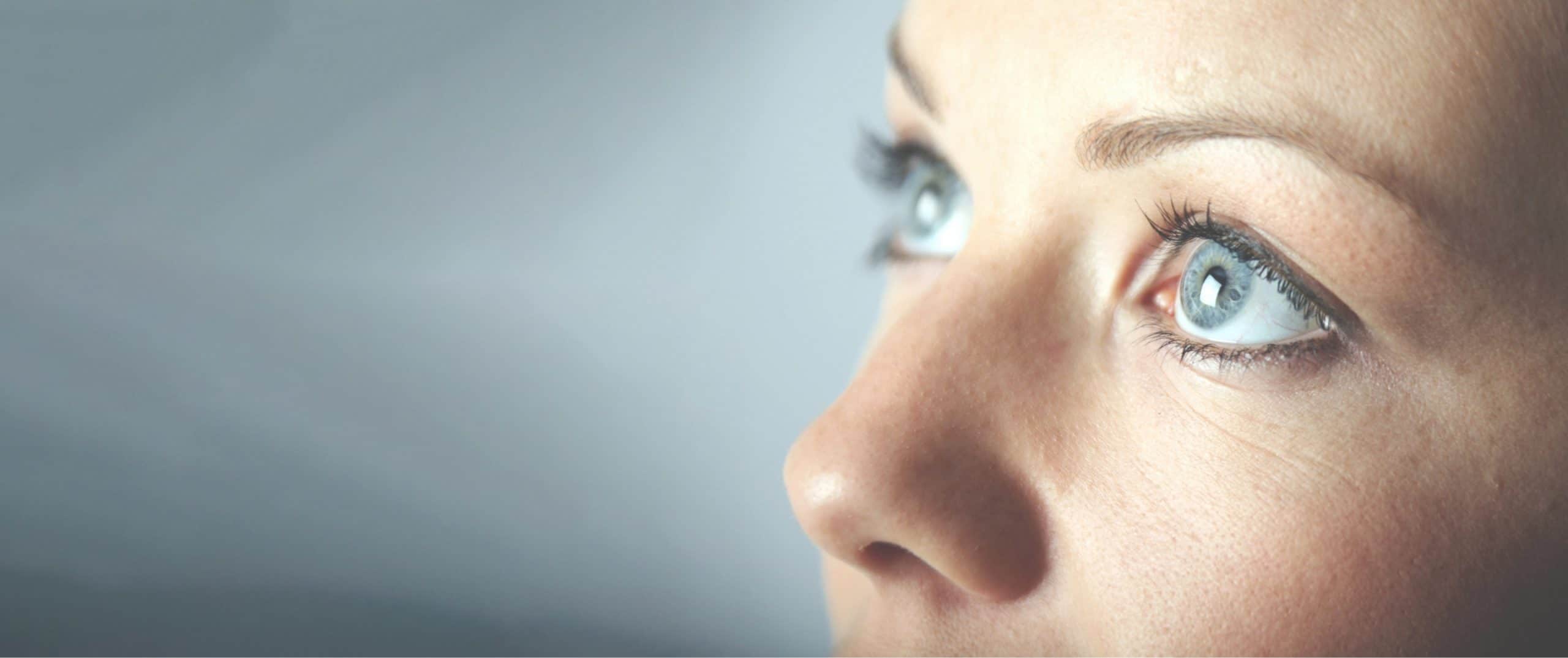
Cheek / Chin Enhancement
The appearance of our chin affects the balance of our face. Lost cheek volume can make us look drawn and tired.
Full cheeks are a sign of youth and lost cheek volume can be restored with fillers or with fat transfer. A weak chin can affect the overall balance of our face and the chin can be made more prominent with fillers or with chin implants.
Cheek / chin overview
Chin Implants/ Fat transfer
TYPE OF ANAESTHETIC
Local or General
LENGTH OF SURGERY
1 hour
HOSPITAL STAY
Day case/ Outpatient
RECOVERY
Few days off work, 6 weeks before strenuous exercise
Procedure types
Chin implants
Chin implants
The chin plays an integral part in the overall balance of our facial features, particularly our profile. For example, a weak chin can make a normal nose appear large, and an already prominent nose seem even more significant. On the other hand, a prominent chin may give the appearance of having too small a nose or otherwise throwing the face off balance.
The most commonly performed chin procedure (mentoplasty) in our practice is chin augmentation. We have been using silicone implants for over 20 years with little in the way of adverse effects. The procedure is relatively straightforward and produces immediate and effective results. The implant is placed via a small cut between the junction of the lower lip and the lower teeth so there is no visible scar. The main risks of the procedure are infection, implant malposition or extrusion.
Many of our patients have chin augmentation combined with rhinoplasty, but some will have the procedure in isolation (because they have an otherwise normal nose).
Cheek enhancement
Cheek enhancement
Prominent, full cheeks give us a youthful, healthy appearance. The ageing process results in loss of cheek volume (flattening) and descent (ptosis) of the cheek. Volume loss can make a face appear drawn and gaunt. It may give the appearance of heaviness in the lower face and an aged look.
There are surgical or non-surgical ways to augment a cheek. For non-surgical enhancement, we use non-permanent fillers, which will give an instant correction lasting 6-12 months. Surgical improvement of the cheeks in our practice is achieved with autologous fat injection. It is one of our practice’s most commonly performed surgical procedures and can be performed in conjunction with other procedures (most commonly eyelid and facelift surgery). As mentioned elsewhere, some loss of fat cells can occur, and the process may need to be repeated at some point in the future.
What to expect
Chin implants
Chin implants
You can expect to see an immediate difference in the projection and shape of your chin. There will be a minor degree of swelling which will take a few weeks to settle down. All the scars are internal inside the mouth and there is no visible scarring.
Cheek Enhancement
Cheek Enhancement
You will see an immediate increase in the volume of your cheeks. Initially, your cheeks will be overcorrected and look puffy and swollen. Over the course of a few weeks, the swelling will settle. By six months, you may lose up to 50% of the fat that has been injected.

What are the risks?
Chin implants
Chin implants
The risks of chin implants include bleeding (rare) and infection (rare). There may be some temporary numbness over your chin and lower lip.
Cheek augmentation
Cheek augmentation
Swelling and bruising are to be expected after fat transfer to the cheeks. Rarely, some of the fat may not survive and become infected (fat necrosis). Fat necrosis may manifest as hard lumps which eventually go away. In a very small number of patients, fat necrosis can be problematic and look like an ongoing infection.
Body dysmorphia
Body dysmorphic disorder (BDD) is a mental health condition in which someone can’t help thinking about one or more perceived issues or faults in their appearance. Other people may think that their concerns are minor or they may fail to see them at all.
People with BDD, continuously focus on their appearance and body image, repeatedly checking the mirror, grooming or seeking reassurance, sometimes for many hours each day. The perceived flaw likely causes significant distress and impacts on a person’s ability to function in their daily life.
People affected with BDD often seek out cosmetic procedures to try to “fix” their perceived flaw. Afterwards, they may feel temporary satisfaction or a reduction in their symptoms, but often the anxiety returns, or they may move on to focus on other perceived problems related to their appearance.
Some patients may have features of body dysmorphia. Such patients are not likely to be offered surgery.
If you are considering surgery, it is worth trying the self-assessment tool below known as the Cosmetic Procedure Screening Questionnaire (COPS).
The questionnaire was developed by David Veale, Nell Ellison, Tom Werner, Rupa Dodhia, Marc Serfaty and Alex Clarke (2012) Development of a cosmetic procedure screening questionnaire (COPS) for Body Dysmorphic Disorder. Journal of Plastic Reconstructive and Aesthetic Surgery, 65 (4), 530-532.

